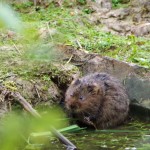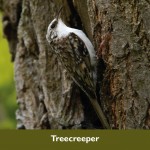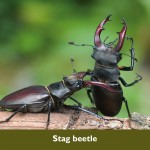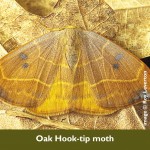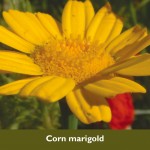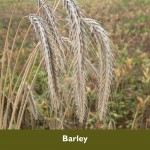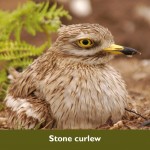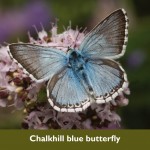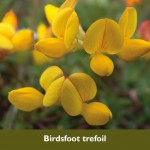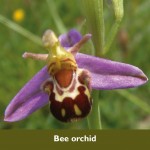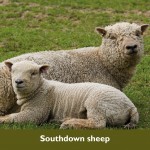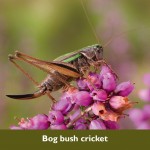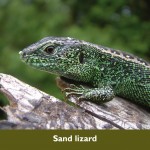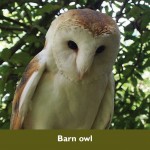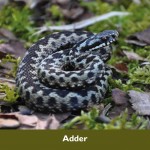The National Park is home to a large variety of wildlife including species such as burnt orchid, round-headed rampion, otter, skylark, barn owl and brown trout. You can also find less well-known species such as the barbastelle bat, the chalk carpet moth and sundew (a carnivorous plant).
Many of the species found in the National Park are rare and are only found in the South Downs National Park. For example, the greater mouse-eared bat has only been recorded in the National Park and Bognor Regis in recent years. The last known British colony disappeared in 1985. However a single male was discovered in the National Park in 2002 and has been recorded at the same location every year since.
Rare species are often only found in habitats which are also rare. The numbers of some species, like the Adonis blue butterfly, have recently started to rise as a result of conservation efforts and better land management. Some species are also actually doing better as a result of climate change as they are able to move into new habitats that otherwise would not be suitable for them – the silver-spotted skipper butterfly is a good example of this.
Resources Toolbox
General Interest
All Ages
-

Chalk Grassland
Introducing chalk grasslands - the European equivalent of tropical rainforests. Covers what they are, where they are found, how they were formed and why its important to look after them. Also looks at what is being done locally in the South Downs to conserve and improve them for the future. -

National Parks England - Wildlife Wonders
National Parks provide valuable spaces for nature on a large scale, with special protection for wildlife. Map and infographic of the wildlife highlights in England's National Parks.
EYFS
Ages 1–5
Pre School
Key Stage 1
Ages 5–7
Years 1 and 2
-

Bee Scene Botanical Adventure
An activity to find out how good your local area is for bumblebees. Record your results then share them on the Bee Scene website. -

Bee Scene Education Pack
A resource pack full of ideas for activities and expeditions in your local area. Bee Scene will help you find out about wild flowers and bumblebees. -

Bee Scene Flower Identification Chart
A colourful identification chart to help you find flowers that the bumblebees prefer. -

Chalk Grassland Colouring Sheets
Six A4 colouring sheets with some of our best chalk grassland species.
Key Stage 2
Ages 7–11
Years 3, 4, 5 and 6
-

Bee Scene Botanical Adventure
An activity to find out how good your local area is for bumblebees. Record your results then share them on the Bee Scene website. -

Bee Scene Education Pack
A resource pack full of ideas for activities and expeditions in your local area. Bee Scene will help you find out about wild flowers and bumblebees. -

Bee Scene Flower Identification Chart
A colourful identification chart to help you find flowers that the bumblebees prefer. -

Chalk Grassland Colouring Sheets
Six A4 colouring sheets with some of our best chalk grassland species.
Key Stage 3
Ages 11–14
Years 7, 8 and 9
-

Bee Scene Botanical Adventure
An activity to find out how good your local area is for bumblebees. Record your results then share them on the Bee Scene website. -

Bee Scene Education Pack
A resource pack full of ideas for activities and expeditions in your local area. Bee Scene will help you find out about wild flowers and bumblebees. -

Bee Scene Flower Identification Chart
A colourful identification chart to help you find flowers that the bumblebees prefer. -

Chalk Grassland
Introducing chalk grasslands - the European equivalent of tropical rainforests. Covers what they are, where they are found, how they were formed and why its important to look after them. Also looks at what is being done locally in the South Downs to conserve and improve them for the future.
Key Stage 4
Ages 14–16
Years 10 and 11
Key Stage 5
Ages 16–18
Years 12 and 13



